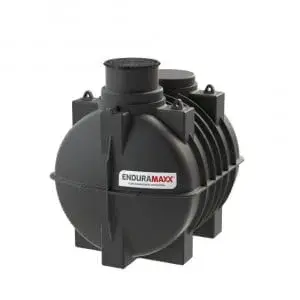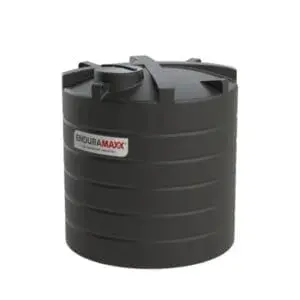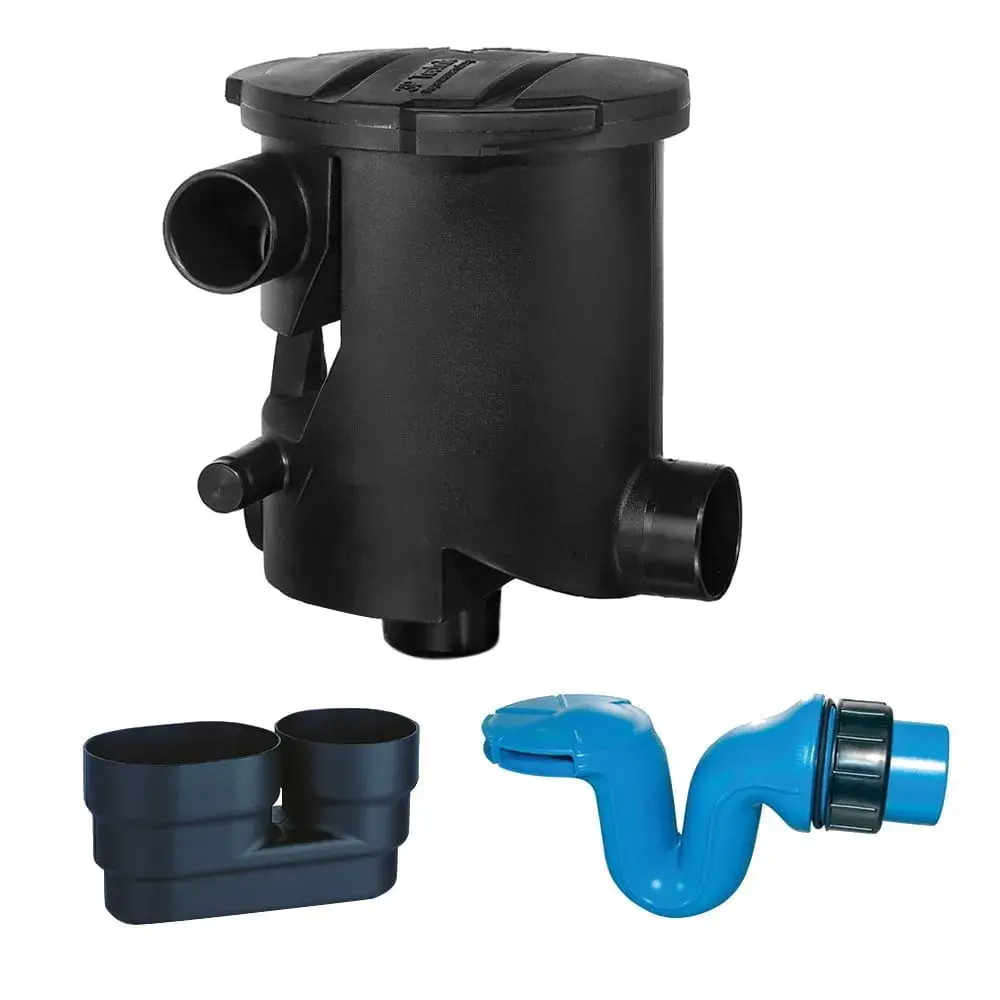Calculating Your Roof Surface Area for Rainwater Harvesting, your roof collection area, when you are considering rainwater harvesting, is one of the governing factors in how much your roof will be able to collect. The roof surface area is the size of your roof in square metres which with a calculation will give you the number of litres you can collect and what size rainwater filter you will need.
Calculating Your Roof Surface Area
One of the simplest ways to calculate the roof surface area is off building plans as these have the width and length of the building and any additional roof such as garages, sheds, outbuildings, or barn. In the absence of a building plan measuring the roof area with a tape measure will give you a good enough measurement as pomewaters lost through evaporation off the roof.
Calculating Your Catchment Capacity
Roughly speaking, 1 millimetre of rain over 1 square metre of roof equals 1 litre of water which can be calculated from the following formula. Knowing the catch mint area of your roof is important as it will help you to make sure your system fully meets your requirements and options. In general, you should collect as much rainwater as possible, however, there is little point in collecting a lot of water if you do not use it, or if the use of the water is too high for what you can save consideration to mains top-up will need to be considered.
Use the following formula for an initial calculation – our online calculator is here
Roof area (footprint) in square metres x annual rainfall in cubic metres.
(650ml = 0.65m3), divided by 12 = average monthly rainfall capture.
e.g., 450m2 x 750ml = 337.5 (m3), divided by 12 = 28.125m3 or 28,125 litres per month average.
The Met office website is a useful source of your local area’s annual rainfall and rainfall statistics here.
Rainwater Catchment Area for Filters
Your rainwater catchment area is an important figure to size rainwater filters. These rainwater harvesting filters prevent the leaves and moss from entering the tank and save a build-up of sediment in the tanks. These larger rainwater filters have 2 inlets for incoming water which are 4? on the 450m2 roof filter and 6? on the larger 800m2 roof area filter.
On the 450m2 & 800m2 roof filter, an overflow takes the leaves and moss away to a drain or soakaway, with the rainwater filling the tank through the outlet in the bottom of the filter. If the filter is too small for the roof catchment area this can flood the filter and result in the filter working ineffectively. Our rainwater filters can be viewed here
Rainwater System Installers
Enduramaxx work with several installers around the UK who can carry out site visits, water use and savings audits for rainwater reuse. Sometimes filtration or disinfection may be required for the use you are looking at using the water for and we advise discussions around this. In short, we can work with you to develop a rainwater harvesting system that will work for you.
Posts By Topics
- Blog (303)
- Chemical Storage Tanks (118)
- Chemical Dosing Tanks (114)
- Chemical Tanks (114)
- Water Tanks (58)
- Rainwater Harvesting Tanks (43)
- Vertical Rainwater Tanks (31)
- Vertical Storage Tanks (31)
- Cone Bottom Tanks (19)
- Conical Cone Tanks (18)
- Rainwater Harvesting (17)
- Water Bowsers (15)
- Horizontal Tanks (14)
- Potable Water Tanks (13)
- Farming (9)
- Case Studies (8)
- Industrial Storage Tanks (7)
- Liquid Fertilser Storage Tanks (6)
- WRAS Approved Potable Tanks (6)
- Wine and Beer Production (6)
- Horizontal Transport Tanks (5)
- Microbrewery (5)
- Rainwater (5)
- Category 5 Break Tanks (4)
- Cider Production (4)
- Mixer Tanks (4)
- Molasses Tanks (4)
- Polyethylene tanks (4)
- Rainwater Filter Kits (4)
- SPECIALIST & BESPOKE TANKS (4)
- Bunded Tanks (3)
- Slimline Tanks (3)
- WRAS Approved (3)
- Clarification Tanks (2)
- Crosslinked Polymer Tanks (XLPE) (2)
- Fertiliser Tanks (2)
- Sump Tanks (2)
- Tank Installation (2)
- Water Butt (2)
- underground water tanks (2)
- ACCESSORIES & FITTINGS (1)
- ATV & UTV SPRAYING UNITS (1)
- Above Ground Effluent Tanks (1)
- Bespoke Tank Frames (1)
- Category 5 Turret (1)
- Caustic Soda Tanks (1)
- Closed Top Bunded Tanks (1)
- Craft beer (1)
- Effluent Tanks (1)
- Enduramaxx (1)
- Ferric Chloride Tanks (1)
- Fire Safety Regulations (1)
- Fire Sprinkler Water Storage Tanks (1)
- Industrial Water Tank (1)
- Open Top Bunded Tanks (1)
- Open Top Cone Tanks (1)
- Open Top Vertical Tanks (1)
- Polyethylene Potable Water Tanks (1)
- Polyvinylidene Fluoride (PVDF) Tanks (1)
- Polyvinylidene Fluoride Tanks (PVDF) (1)
- Pressure Washers (1)
- Pro Series Spot Sprayers (1)
- RWH (1)
- Sodium Hydroxide Storage Tanks (1)
- Sprayer Fill-up Tanks (1)
- Uncategorised (1)
- liquid fertiliser tank (1)
Sign up to the newsletter
enduramaxx.marketing
Related Posts
Calculating Your Roof Surface Area for Rain Harvesting: How Much Can I Save?
Calculating Your Roof Surface Area for Rain Harvesting – Your roof surface area is the size of your...
Calculating the Amount of Rainwater You Can Collect From Your Roof
Rainwater collected from the roof of your house, agricultural building, office block, restaurant,...
How To Collect Rainwater in the UK | Enduramaxx
Rainwater can be collected from roofs of homes, garages, and greenhouses if they have gutters and a...
Related Products
From £1,080.00 inc. VAT
£900.00 exc. VAT
From £1,344.00 inc. VAT
£1,120.00 exc. VAT
From £768.00 inc. VAT
£640.00 exc. VAT
£480.00 inc. VAT
£400.00 exc. VAT






